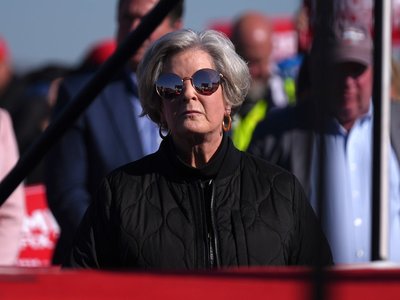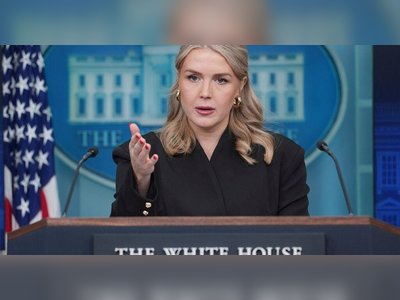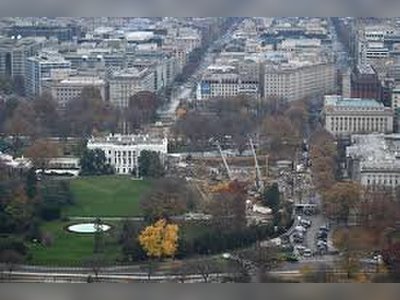
Five Years Post-COVID: Assessing Australia's Pandemic Preparedness
A review of Australia's response to the COVID-19 pandemic and its readiness for future health crises.
The World Health Organization declared COVID-19 a pandemic on March 11, 2020, marking the beginning of a global health crisis that affected every country.
Five years later, Australia reflects on its handling of the situation and prepares for potential future pandemics.
During the initial stages of the pandemic, communication and trust between the public and government entities emerged as critical components in Australia’s management of the crisis, according to infectious diseases specialist Sanjaya Senanayake from the Australian National University.
He described the COVID-19 pandemic as a unique event that disrupted daily life on an unprecedented scale.
As the pandemic unfolded, public awareness regarding epidemiology surged.
Paul Kelly, who initially served as Australia's deputy chief medical officer and later became the chief medical officer in December 2020, noted that the Australian public became increasingly familiar with concepts such as disease modeling and vaccine efficacy, which enabled better-informed decision-making.
However, challenges persisted.
Kelly indicated that by 2022, many had grown weary of COVID-19 communication, with state governments halting regular press briefings.
This lack of ongoing messaging created a gap that allowed misinformation to proliferate, which Kelly identified as a significant concern.
He emphasized that restoring public trust in health authorities will be a vital task for the next pandemic.
Moreover, experts have underscored that despite improvements in tools and knowledge gained from the pandemic, Australia still faces significant challenges in terms of global readiness.
Kelly highlighted that the initial response revealed overconfidence in Australia’s preparedness for such crises.
He expressed concerns about the nation’s isolationist tendencies and the need for better collaboration in global health strategies.
Sanjaya Senanayake echoed these sentiments, stating that, although there exist measures and resources capable of addressing future pandemics, maintaining vigilance and learning from past experiences is paramount.
He remarked on the necessity to plan proactively, as future health challenges could emerge unexpectedly.
In summary, five years after the onset of COVID-19, discussions around Australia’s readiness for future pandemics focus on the balance of preparedness, public trust, and the importance of continued vigilance in health communication.
Five years later, Australia reflects on its handling of the situation and prepares for potential future pandemics.
During the initial stages of the pandemic, communication and trust between the public and government entities emerged as critical components in Australia’s management of the crisis, according to infectious diseases specialist Sanjaya Senanayake from the Australian National University.
He described the COVID-19 pandemic as a unique event that disrupted daily life on an unprecedented scale.
As the pandemic unfolded, public awareness regarding epidemiology surged.
Paul Kelly, who initially served as Australia's deputy chief medical officer and later became the chief medical officer in December 2020, noted that the Australian public became increasingly familiar with concepts such as disease modeling and vaccine efficacy, which enabled better-informed decision-making.
However, challenges persisted.
Kelly indicated that by 2022, many had grown weary of COVID-19 communication, with state governments halting regular press briefings.
This lack of ongoing messaging created a gap that allowed misinformation to proliferate, which Kelly identified as a significant concern.
He emphasized that restoring public trust in health authorities will be a vital task for the next pandemic.
Moreover, experts have underscored that despite improvements in tools and knowledge gained from the pandemic, Australia still faces significant challenges in terms of global readiness.
Kelly highlighted that the initial response revealed overconfidence in Australia’s preparedness for such crises.
He expressed concerns about the nation’s isolationist tendencies and the need for better collaboration in global health strategies.
Sanjaya Senanayake echoed these sentiments, stating that, although there exist measures and resources capable of addressing future pandemics, maintaining vigilance and learning from past experiences is paramount.
He remarked on the necessity to plan proactively, as future health challenges could emerge unexpectedly.
In summary, five years after the onset of COVID-19, discussions around Australia’s readiness for future pandemics focus on the balance of preparedness, public trust, and the importance of continued vigilance in health communication.












